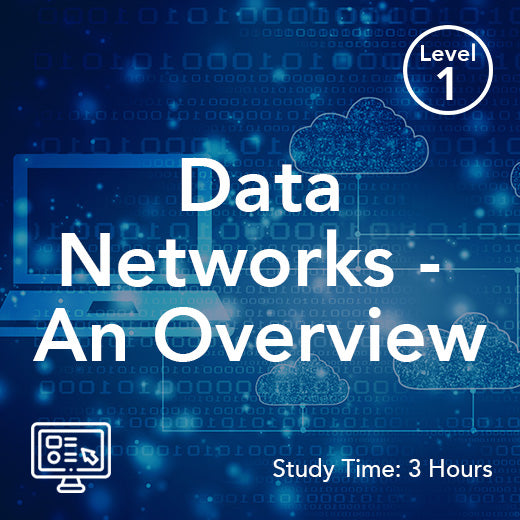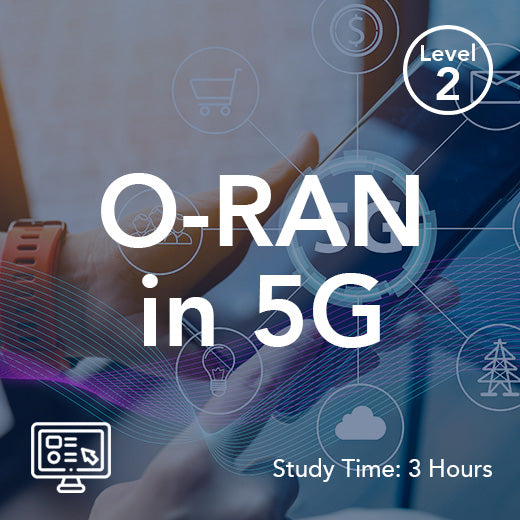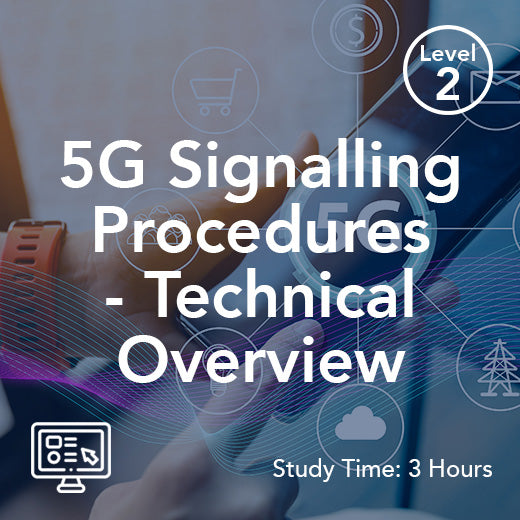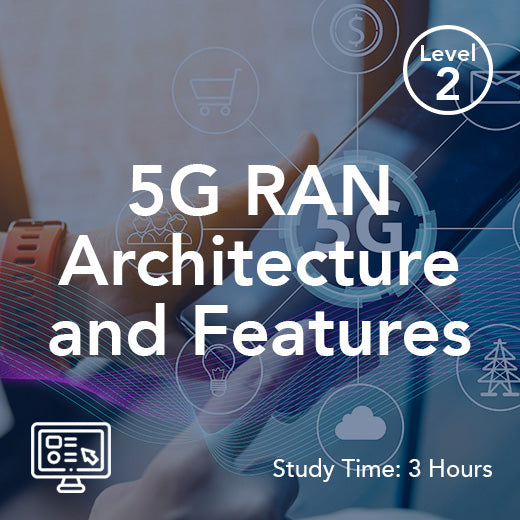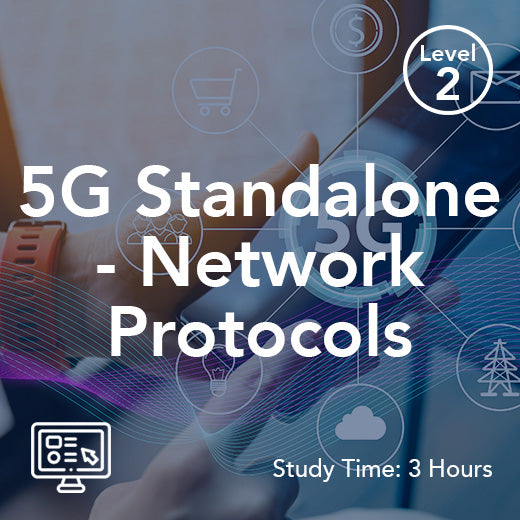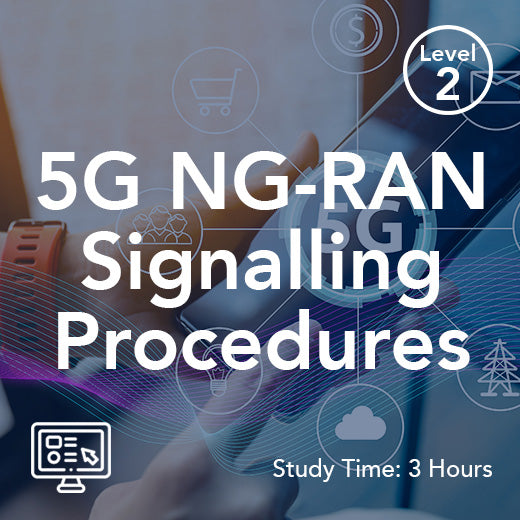How does AI-driven edge computing enable faster IoT deployments?
- , by Paul Waite
- 2 min reading time
The Internet of Things (IoT) has revolutionized the way we interact with technology, allowing for seamless communication between devices and enabling a wide range of applications in various industries. However, as the number of connected devices continues to grow exponentially, the need for faster and more efficient deployment of IoT solutions has become increasingly important. This is where AI-driven edge computing comes into play, offering a solution that can significantly accelerate the deployment of IoT systems.
Edge computing refers to the practice of processing data closer to where it is generated, typically at the edge of the network, rather than sending it to a centralized data center. This approach has numerous advantages, including reduced latency, improved security, and increased efficiency. By combining edge computing with artificial intelligence (AI), organizations can leverage the power of machine learning algorithms to analyze and act on data in real-time, enabling faster decision-making and more responsive IoT deployments.
One of the key benefits of AI-driven edge computing is its ability to optimize network bandwidth and reduce latency. By processing data at the edge of the network, organizations can minimize the amount of data that needs to be transmitted to a centralized server for analysis. This not only speeds up the processing of data but also reduces the strain on the network, resulting in faster and more reliable IoT deployments.
Furthermore, AI-driven edge computing enables organizations to extract valuable insights from the vast amounts of data generated by IoT devices. Machine learning algorithms can analyze data in real-time, identifying patterns and anomalies that would be difficult to detect using traditional methods. This allows organizations to make more informed decisions and take proactive measures to address issues before they escalate, resulting in more efficient and effective IoT deployments.
Another advantage of AI-driven edge computing is its ability to enhance security and privacy. By processing data at the edge of the network, organizations can minimize the risk of data breaches and unauthorized access. Machine learning algorithms can also be used to detect and respond to security threats in real-time, ensuring that IoT deployments remain secure and compliant with data protection regulations.
In addition to these benefits, AI-driven edge computing can also streamline the deployment of IoT solutions by automating various tasks and processes. Machine learning algorithms can be used to optimize resource allocation, predict maintenance needs, and improve overall system performance. This not only reduces the time and effort required to deploy IoT solutions but also ensures that they are more reliable and scalable.
Overall, AI-driven edge computing offers a powerful solution for accelerating the deployment of IoT systems. By combining the capabilities of artificial intelligence with the advantages of edge computing, organizations can leverage real-time data analysis, optimize network bandwidth, enhance security, and automate processes to enable faster and more efficient IoT deployments. As the IoT landscape continues to evolve, AI-driven edge computing will play a crucial role in driving innovation and enabling organizations to realize the full potential of connected devices.
Edge computing refers to the practice of processing data closer to where it is generated, typically at the edge of the network, rather than sending it to a centralized data center. This approach has numerous advantages, including reduced latency, improved security, and increased efficiency. By combining edge computing with artificial intelligence (AI), organizations can leverage the power of machine learning algorithms to analyze and act on data in real-time, enabling faster decision-making and more responsive IoT deployments.
One of the key benefits of AI-driven edge computing is its ability to optimize network bandwidth and reduce latency. By processing data at the edge of the network, organizations can minimize the amount of data that needs to be transmitted to a centralized server for analysis. This not only speeds up the processing of data but also reduces the strain on the network, resulting in faster and more reliable IoT deployments.
Furthermore, AI-driven edge computing enables organizations to extract valuable insights from the vast amounts of data generated by IoT devices. Machine learning algorithms can analyze data in real-time, identifying patterns and anomalies that would be difficult to detect using traditional methods. This allows organizations to make more informed decisions and take proactive measures to address issues before they escalate, resulting in more efficient and effective IoT deployments.
Another advantage of AI-driven edge computing is its ability to enhance security and privacy. By processing data at the edge of the network, organizations can minimize the risk of data breaches and unauthorized access. Machine learning algorithms can also be used to detect and respond to security threats in real-time, ensuring that IoT deployments remain secure and compliant with data protection regulations.
In addition to these benefits, AI-driven edge computing can also streamline the deployment of IoT solutions by automating various tasks and processes. Machine learning algorithms can be used to optimize resource allocation, predict maintenance needs, and improve overall system performance. This not only reduces the time and effort required to deploy IoT solutions but also ensures that they are more reliable and scalable.
Overall, AI-driven edge computing offers a powerful solution for accelerating the deployment of IoT systems. By combining the capabilities of artificial intelligence with the advantages of edge computing, organizations can leverage real-time data analysis, optimize network bandwidth, enhance security, and automate processes to enable faster and more efficient IoT deployments. As the IoT landscape continues to evolve, AI-driven edge computing will play a crucial role in driving innovation and enabling organizations to realize the full potential of connected devices.

